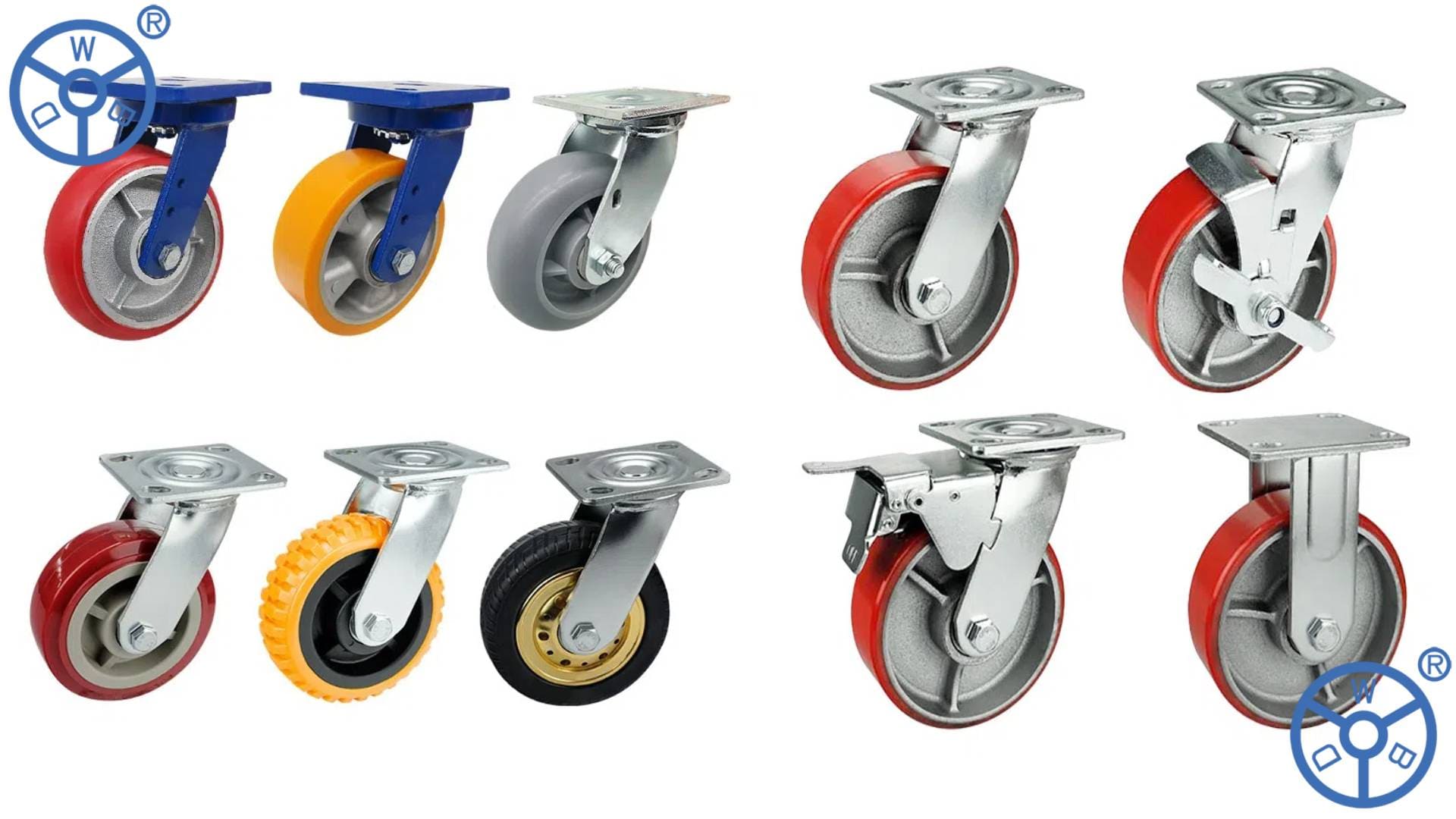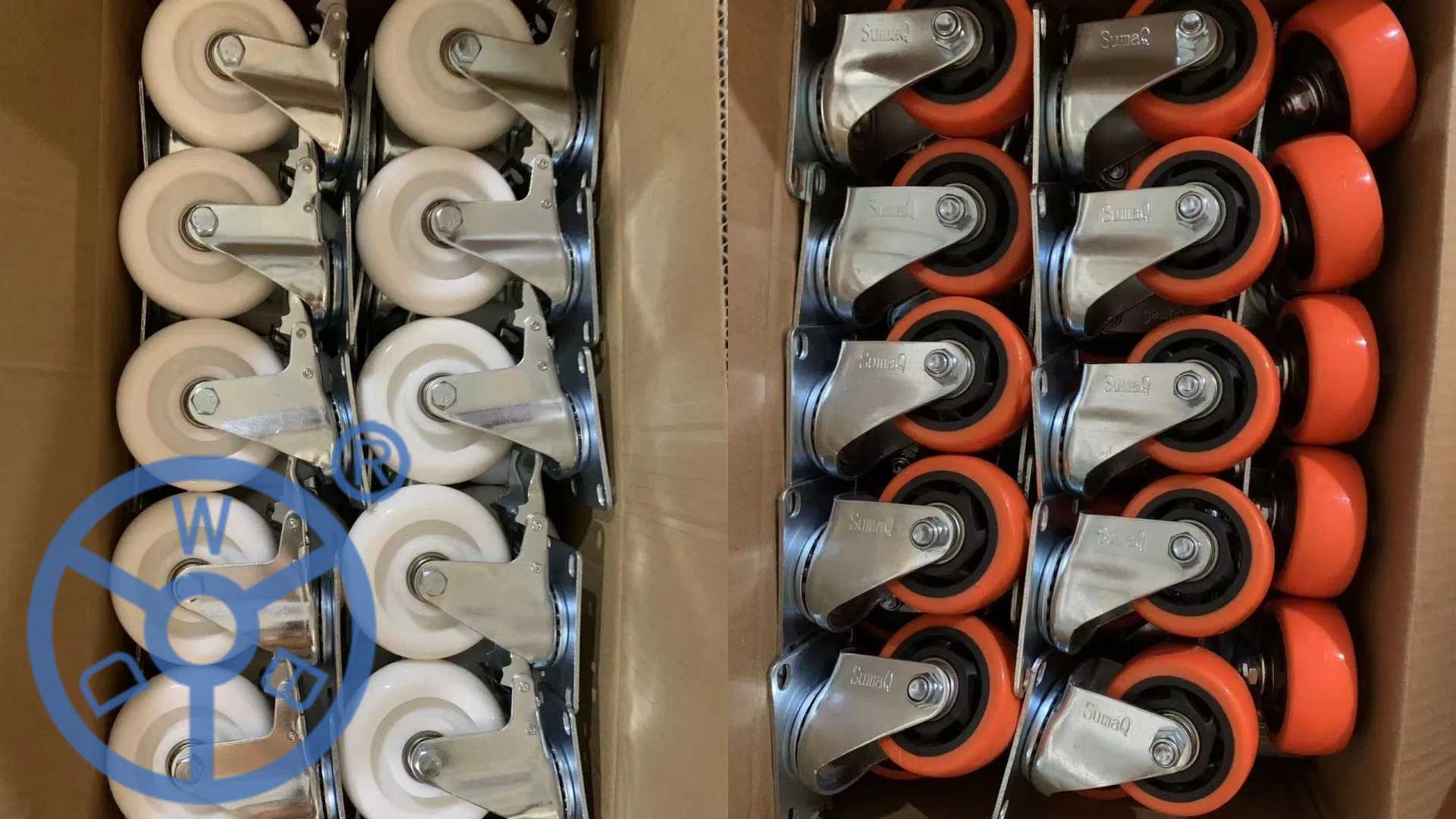Important Features You Need To Know About Heavy-Duty Casters

It's no surprise that heavy-duty casters and heavy duty trolley wheels are used to distribute load capacity. Although a small device, they can move a lot of objects and equipment, increasing efficiency and speed.
They are made from a variety of materials and can support weights ranging from 1,000 lbs to 5,000 lbs. Heavy duty casters are one of the most important castors in manufacturing and industry.
In this article, we'll help you understand heavy-duty casters and choose the one that best suits your needs, by reviewing the key features of heavy-duty casters.
Heavy-duty castors come with a multitude of mounting options and features to ensure durability and performance. Here are some of the key features of heavy-duty castors:
1. Ultra-high load capacity: heavy duty castors are designed to with stand extremely high loads and tough operating conditions, and are mainly used in industrial manufacturing, warehousing and logistics.
2. Robust materials: due to the particular nature of the working environment in which the castor is used, the overall structure of heavy-duty casters is generally made of highly resistant materials (e.g. steel, cast iron, reinforced plastic, etc.) to guarantee durability and long life.
3. Varied mounting options: Depending on the scenario and application needs, you can choose from a wide variety of mounting options for castors, such as bolt holes, threaded rods, welded plates and more. Choosing the right mounting option ensures smooth, safe operation.
4. Powerful wheels for heavy loads: these are usually fitted with highly wear-resistant and durable tires, e.g. made of cast iron, polyurethane, rubber or nylon, to guarantee smooth movements and long service life.
5. Flexible steering system: equipped with easy-to-maneuver swivel bearings, they can swivel freely through 360 degrees, allowing greater maneuverability and flexibility in tight spaces or special situations.
6. Heavy duty trolley wheels with brakes: some castors feature brakes that hold the wheels and steering in place if necessary, for added safety and stability.
7. Shock and weather resistance: heavy-duty castors are often designed to resist rust, corrosion and chemicals, as well as external shock, vibration and harsh environments.
